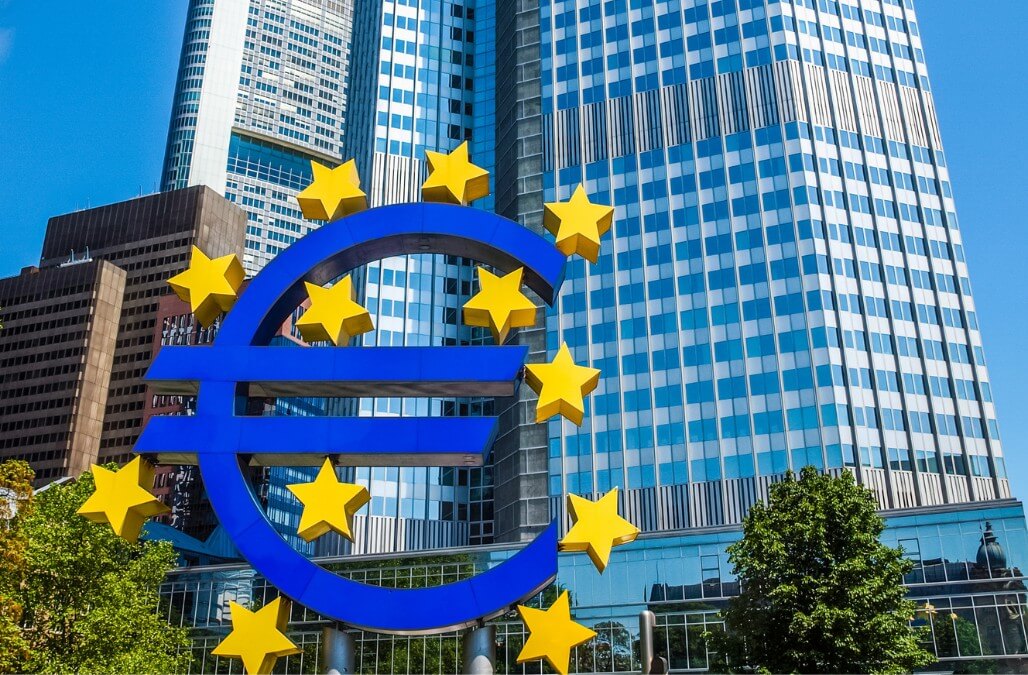The European Central Bank is poised to maintain current interest rates on Thursday, given the swifter-than-anticipated slowdown in economic activity across the euro area. Consumers in the region are showing restraint in their spending due to inflation eroding their disposable income, and the manufacturing sector has been on a declining trend since roughly mid-2022.
While economic theory would imply that these two factors should exert downward pressure on inflation, there is still an ongoing debate within the confines of the Frankfurt institution regarding whether this scenario will actually unfold.
European Central Bank set for a hawkish pause
Paul Hollingsworth, chief economist at BNP Paribas, noted in a recent research note that there is a debate between those advocating for a dovish stance and those leaning hawkish within the European Central Bank. Doves argues that weaker growth will eventually lead to lower inflation, while hawks believe that a portion of the growth weakness is due to supply issues rather than demand. Consequently, price pressures might not be as responsive to weaker growth as typically expected.
Although headline inflation for August slightly exceeded expectations at 5.3%, core inflation, which excludes energy and food and is closely monitored by the ECB for underlying price trends, aligned with expectations at 5.3% as well, down from 5.5% the previous month.
Traders have increased their bets on the European Central Bank implementing a quarter-point interest rate hike, driven by mounting concerns about persistent high inflation in the region. Money markets now indicate a 70% probability of the central bank raising rates on Thursday, compared to a 20% likelihood earlier in the month. This shift in expectations follows reports that the ECB’s new economic forecasts will project inflation above 3% for 2024, strengthening the case for further tightening.
Pooja Kumra, senior European rates strategist at Toronto-Dominion Bank, noted that this development has significantly raised the likelihood of a rate hike in the near term, especially in the shorter-end pricing of the market where there was previously a sense of complacency regarding the possibility of no rate increase. She anticipates a close decision but ultimately expects the ECB to keep rates steady.
Deutsche Bank’s ECB observer, Mark Wall, noted in a research note that, given the recent data, it’s likely that the staff will downwardly revise the near-term growth outlook. He also emphasized that tighter financial conditions and a slower pace of growth will result in a lower level of core inflation by the end of the forecast period.
The economic outlook remains highly uncertain, as emphasized by President Christine Lagarde during her speech at Jackson Hole, the Federal Reserve’s annual conference. In recent years, there have been numerous shocks that have had lasting impacts on the economic system and the transmission of monetary policy.
Lagarde stated that they have to form a view of the future and act in a forward-looking way. That underscores the challenges central banks face in making policy decisions amidst evolving economic conditions and uncertainties.
Eurozone industrial output declined more than anticipated
In a further indication of a slowdown in the Eurozone, industrial output experienced a more pronounced decline in July than initially anticipated. According to data released by the European Union statistics agency Eurostat, total production dropped by 1.1% compared to June, which was sharper than the 0.8% decline predicted by economists.
In comparison to the same month the previous year, July’s production was down by 2.2%, once again a steeper fall than the 0.5% decrease projected by economists. It’s worth noting that the June output, initially estimated at a 0.5% increase, was later revised down to a 0.4% rise.
This drop in output comes after a period of sluggish economic growth from April to June, with Gross Domestic Product (GDP) in the Eurozone only expanding by 0.1% in the quarter, as per revised data released by Eurostat last week.
The data also reveals weak demand across both the industrial sector and household consumption in July. The production of capital goods, including machinery, experienced a notable decline of 2.7% from June. Additionally, output of durable consumer goods fell by 2.2%. On the contrary, energy production saw an increase of 1.6%.





